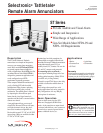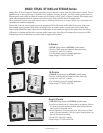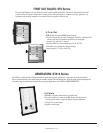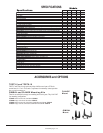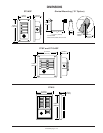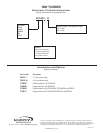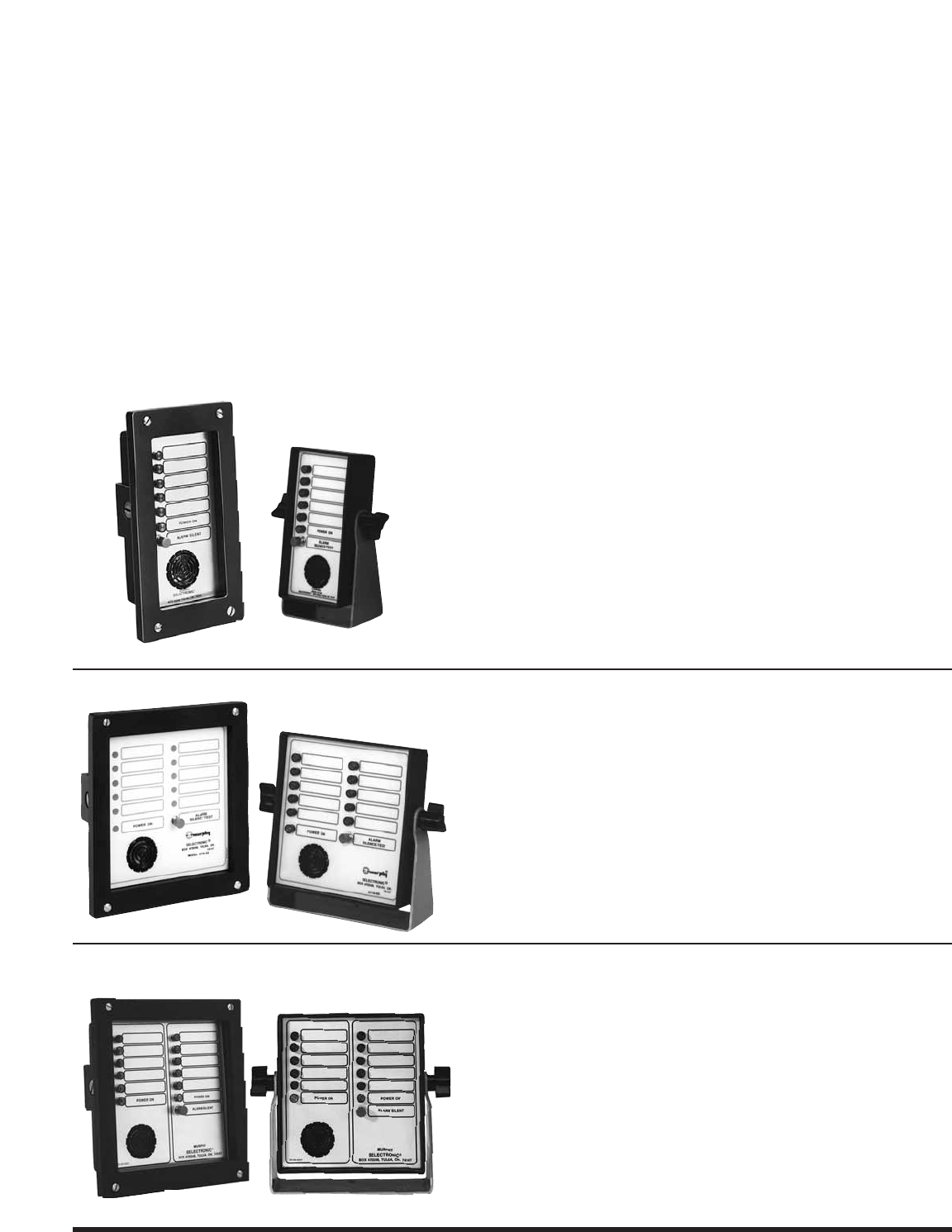
BASIC: ST5AS, ST10AS and ST5DAS Series
Murphy Basic ST-Series Selectronic Tattletale annunciators are used wherever a remote alarm and annunciation is required. Typical
applications are in marine pilot houses to alert the crew of problems developing in engine, gear, bilge, auxiliary power plants, etc.
Repeater panels can be added for additional locations such as flybridge, on deck, galley or engineer’s quarters. Each repeater panel
can be acknowledged individually or alternate wiring allows for one master control to silence all repeater panels.
Other applications include power plant control rooms or building maintenance, for remote drilling rigs, construction sites,
agricultural and construction equipment.
When a fault occurs, the contact operation causes the appropriate LED to flash and the audible Mini-Siren to pulse. At the same
time an output signal is generated which allows an external relay to be wired to operate a general alarm such as a bell or horn.
Depressing the Alarm Silent button silences the local audible alarm and disconnects the output for the remote alarm. The flashing
LED remains in operation until the fault is corrected and the contacts reset. Alarm Silence/Test button allows you to test all LEDs.
Preprinted peel and stick nameplates for common faults are supplied with each unit.
5-Points
•
ST5ASF (flange mount) and ST5ASG (gimbal mount)
•
Provides 5 alarm points and output for remote alarm relay.
•
Accepts N.O. and/or N.C. contacts.
•
Use individually or gang for multiple applications.
•
Input voltage 8-32 VAC or 8-40 VDC.
10-Points
•
ST10ASF (flange mount) and ST10ASG (gimbal mount)
•
Provides 10 alarm points and output for remote alarm relay.
•
Accepts N.O. and/or N.C. contacts.
•
Use individually or gang for multiple applications.
•
Input voltage 8-32 VAC or 8-40 VDC.
Dual 5-Points
•
ST5DASF (flange mount) and ST5DASG (gimbal mount)
•
Provides two separate sets of 5 alarm points in one package. Each set
of 5 points is powered separately from the other, but they share the
same negative of the power source.
•
Primary application is on twin engine boats. Since each set of alarm
points is powered separately, if only one engine is running there is no
alarm on the engine not running.
•
Accepts N.O. and/or N.C. contacts.
•
Input voltage 8-32 VAC or 8-40 VDC.
ST-95046B page 2 of 6



